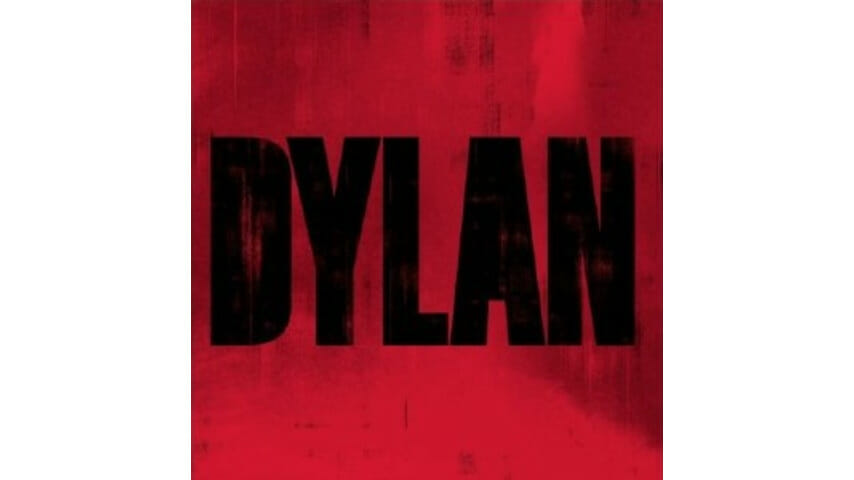Bob Dylan: Dylan

Once Upon a Time…
A lavish, but mostly superfluous Greatest Songs set
This new Bob Dylan retrospective makes landfall during the same hurricane season as Todd Haynes’ much-discussed film I’m Not There, and the contrast is devastating. A visionary matching of artistic approach to subject, Haynes’s film dazzlingly fractures (then reassembles) as many as six distinct “Dylans” across a sly concatenation of musical and visual styles; here’s an irresistible opportunity for anyone—perhaps even Dylan himself—to rediscover afresh his songs and life, and to refocus the challenges for sustaining art, politics and private integrity amid war (whether Vietnam or Iraq) and overwhelming media jabberwocky. Next to the Dylanesque reinventions of I’m Not There, this Dylan collection arrives like a lumbering white elephant—the 51-song selections uninspired, lazy and rote, although the red- and black-embossed cloth 3-CD box is really classy, the rock ’n’ roll analog to a coffee-table book.
That Dylan is the exemplary artist of our moment is now past argument. To speak personally—and Dylan always commands a personal response—I feel lucky to have coincided however briefly on the planet with Beckett, Nabokov, Borges, Balanchine, Callas, Welles and Fellini. I got to meet Robert Lowell, Andy Warhol, Elizabeth Bishop, Sam Fuller, and in his last years was a friend of James Merrill. Giants walked the earth, and I wouldn’t barter those experiences for everything south of Heaven. Yet Dylan’s achievement over the past five decades looms so singular, so audacious, large and various that 100 years from now it’s his recordings and live performances that will advance the signature narrative of what it was like to live and create during his lifetime.
-

-

-

-

-

-

-

-

-

-

-

-

-

-

-

-

-

-

-

-

-

-

-

-

-

-

-

-

-

-

-

-

-

-

-

-

-

-

-

-








































